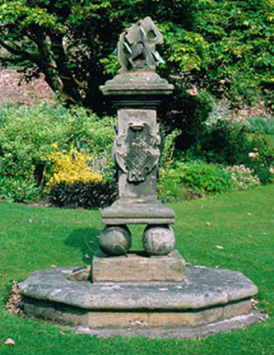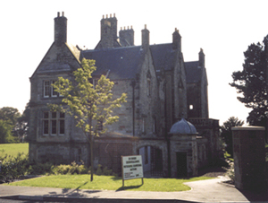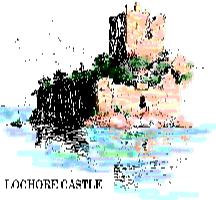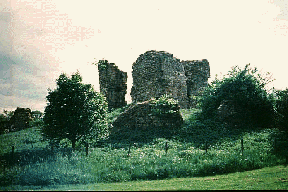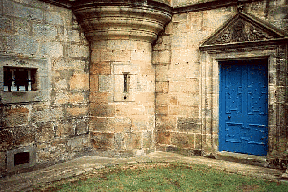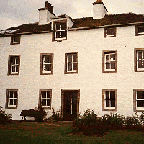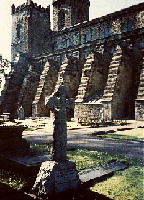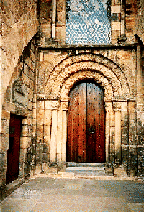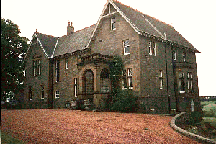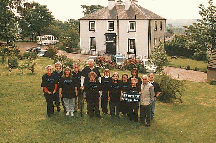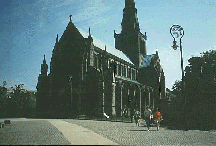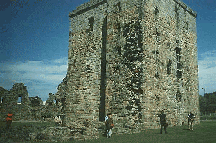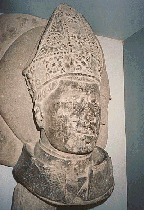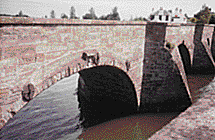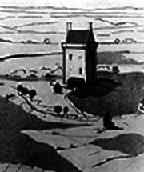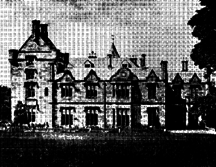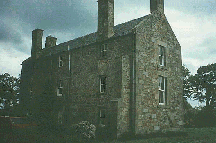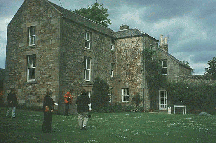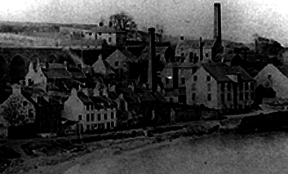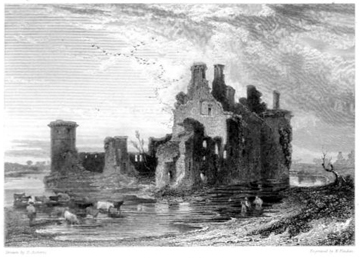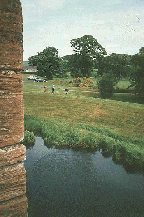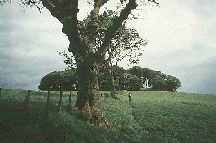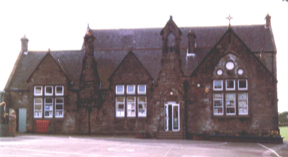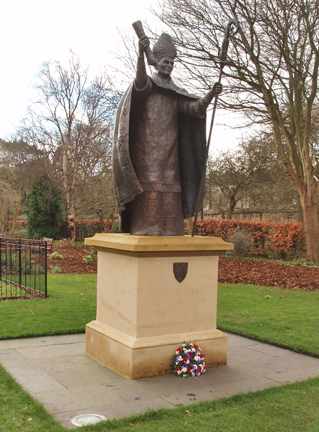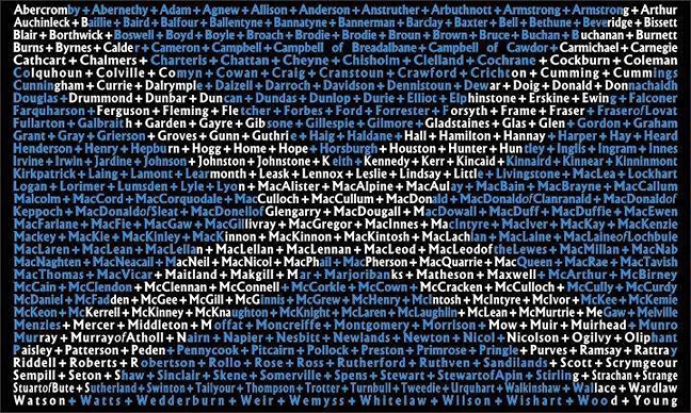Scotland - our early roots
The Pitreavie Sundial. The sundial now resides at Inveresk Garden Lodge. I went here in 2008 and took this picture.
Pitreavie Castle - Dunfermline, Scotland
One of the most famous of the Wardlaw castles in Scotland, and most recognizable.
The newly renovated Pitreavie Castle. It is now luxury flats, privately owned, but the restoration has been very well done and it is beautiful. We had our Clan Wardlaw Gathering here July 28th, 2009! This was part of the Year of Homecoming 2009, which we celebrated in Edinburgh July 25th & 26th, we arrived in Edinburgh on July 24th and stayed at the Edinburgh University B&B, walking distance to the Edinburgh Highland Games.
Lochore Castle is one of most important of the earliest Wardlaw places. Dating from the 1400's there is not much left of the castle now. It is located in the Ballingry (or Navitie) area just south of Loch Leven, north of Dunfermline. This is a drawing of when it was still intact and with the loch surrounding it. I added the watercolor to it.
This is a picture I took of the ruins of Lochore Castle on one of my trips to Scotland. Mr. Edward Henderson wrote a book about this whole area called "The History of Lochoreshire". About 1/3 of the book covers the Wardlaw part of its history. This book is out of print, but Mr. Henderson has given me permission to copy much of it in my book "Ancestral Earth".
Wardlaw Burial Vault at Dunfermline Abbey. Set between two buttresses, it originally was two vaults set between three buttresses. The space to the right was where the other vault was, but was taken out to open up the Norman doorway that was discovered there in 1905. There is now a plaque on the door telling how the Wardlaws were given the vault by the King and Queen. See the next picture for a closeup showing the doors.
Balmule House. An important early Wardlaw place. Picture taken by me in 1994. The house has been added on to, but the main center section is original. We saw the lower floor where the kitchens were and the meat hangers still in the ceiling. The walls are about three feet thick.
There is a stone over the doors of the coach house at Balmule. "Arms of Henry Wardlaw of Balmule, afterwards First Baronet, impaled with those of his wife Elizabeth Wilson - 1605." This is the stone, and the inscription about it that is pictured in the book "The Wardlaws in Scotland" by John C. Gibson, facing page 133.
Riccarton House after being added onto. This house has been demolished and is now the site of Heriot-Watt University. They have many records of the Wardlaws living here. The perimeter walls are still standing around the Riccarton area and along the road. The base of the sundial is still on the grounds. The book "The Wardlaws in Scotland" has alot of information about the Wardlaws of Riccarton and Warriston.
Abden House, also an early Wardlaw place in the 1600's, is in the village of Kinghorn on the Firth of Forth. This picture shows Abden House in the middle of picture, slightly left center, farthest back building. The house was demolished in the 1950's. The president of the Kinghorn Historical Society gave me pictures and an early map of this area showing Abden House and King's Gardens.
It goes back to the first recorded birthdate of a Wardlaw which is 1293. All of the known Scotland Wardlaw history in these books.
Saline, Fife, Scotland was an early abode of many Wardlaws and these old school records list the children registered in the school. These original books of "Saline School Records" have been transcribed by me from the original records and are available in .pdf form here. Click to download the files to your desktop. Saline1.pdf Saline2.pdf Saline3.pdf Saline4.pdf Saline5.pdf Saline6.pdf Wardlaw names are in bold and any name can be searched in the files.
Bishop Henry Wardlaw statue is finished and standing in the quadrangle in St. Andrews. This was modeled after the bust of him which is still housed in the Visitor Center at St. Andrews Cathedral. Photos thanks to Jean Coker.
Statue of Bishop Wardlaw with the papal bull in his right hand, as on the day in 1414 when the papal bull of confirmation of his foundation arrived in St. Andrews.

